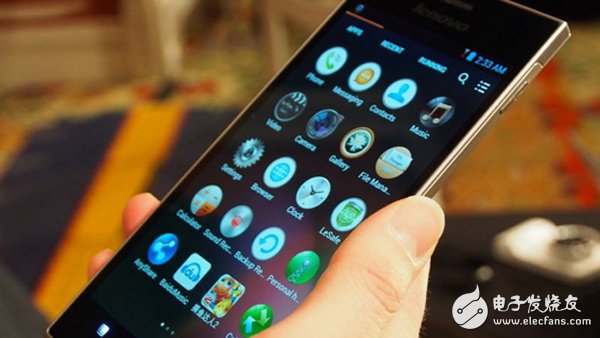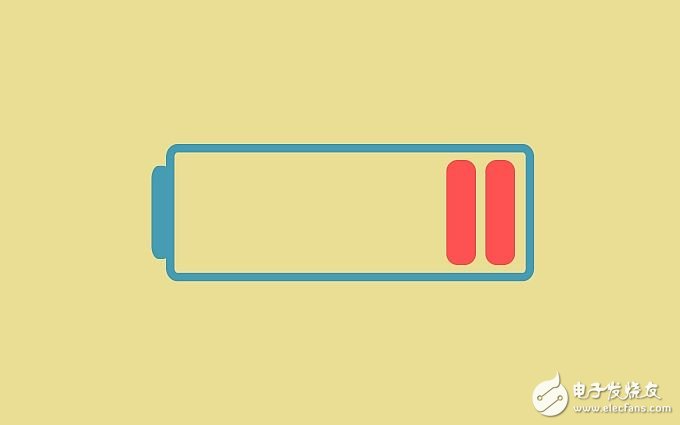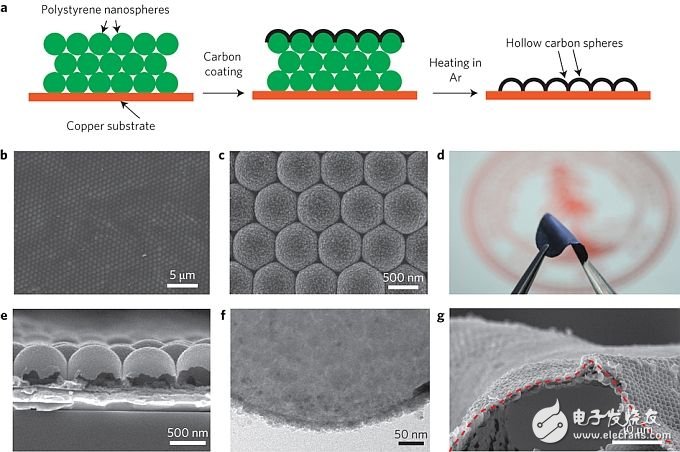
The technologies used in smartphones and wearable smart devices are becoming more advanced, but due to battery technology limitations, these products do not achieve the most ideal experience. Although the processor and operating system are becoming more efficient and consume less power than before, the smartphone's battery life is still only a day or two. Fortunately, many technology companies have clearly recognized the limitations of lithium-ion batteries, and have worked hard on the development of battery technology.
At present, universities, technology companies and automakers from all over the world are investing a lot of money in battery development, hoping to find a better battery solution.
Recently, foreign media PhoneArena summed up some interesting battery technologies for us. They may bring a huge increase in the battery life of smartphones in the near future. Let’s take a look.
Hush

Hush is not directly related to battery technology. It is a new tool developed by researchers at Purdue University in the United States to reduce overall battery consumption by 15.7% by limiting the background running process of Android phones. In collaboration with Intel and Indian battery company Mobile EnerlyTIcs, the researchers studied the use of 2,000 Samsung Galaxy S3/S4 smartphones among 191 mobile operators in 61 countries.
The research team found that when the smartphone screen is off, it consumes 45.9% of its power every day. Of these, more than half (28.9%) of the electricity is lost due to the background operation of each application. Most of the battery drain is caused by errors and inefficiencies caused by the application's "insomnia."
WALDIO

If you have used a mobile phone for more than a year, you may notice that its internal storage is not as smooth as it was at the beginning. Fortunately, a group of researchers at Hanyang University have found a way to slow down the aging of internal storage.
Internal storage ages because NAND flash loses its original performance as it continues to write. And this WALDIO technology can increase the life of a flash card by reducing the amount of data it needs to record. Researchers say they have been able to reduce the amount of write data to one-sixth of the original, and the life expectancy of smartphones can be extended by an average of 39%.
New lithium battery

In 2014, researchers from Stanford University announced that they have developed a new generation of lithium-ion batteries that can be used in mobile device batteries, not only for longer battery life, but also for longer life than regular lithium-ion batteries. .
This technology primarily achieves longer recharge life by concentrating dense lithium ions to the negative electrode of the battery. The project's head, former US Energy Secretary Steven Chu, said the new lithium battery could triple the battery life of smartphones.
RF-DC converter

In fact, although we can't see it, there are many different types of radio waves in the space around us, mostly from WiFi signals, Bluetooth devices, and so on. Researchers at Ohio State University say they have found ways to convert the energy of these radio waves into the power of a smartphone.
They say the technology can extend the life of a smartphone by 30%. The most important point is that when the smartphone is charged with this technology, its call and data signals will not be affected.
Hydrogen fuel cell

Hydrogen fuel cells have long been touted as the ideal state of battery technology, but so far the stability of this technology has not yet reached the level that can be applied to mobile devices. Fortunately, this day is not far off.
According to British media, Intelligent Energy Technologies has been able to manufacture hydrogen fuel cells for Apple phones and to achieve up to a week of battery life in the iPhone 6, without changing the size of the phone.
Touch Screen,Outdoor Touch Screen,Capactive-Touch,Multiple Points Touch
Shenzhen Risingstar Outdoor High Light LCD Co., Ltd , https://www.risingstarlcd.com